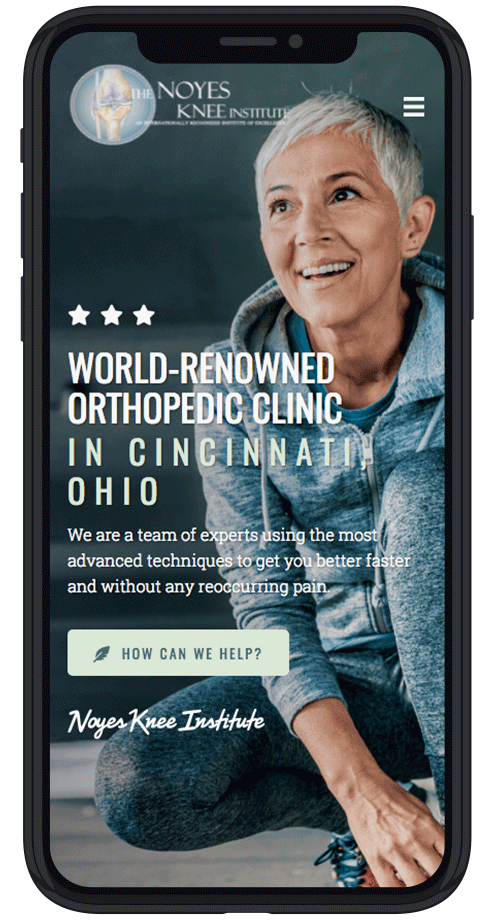Published On
Category
If you twisted your knee while participating in a sporting event and have started having symptoms, you may have a tear in your meniscus, the ligament that connects your thighbone to your knee cap. Look for the four early warning signs below that you have a torn meniscus.
Popping Sound or Sensation
When your knee was first injured, you may have noticed a loud popping sound or sensation. These signs occur when the tight ligament rips. Like a rubber band, when the tissue tears, it snaps, causing the popping.
When the ligament is intact, your knee bends smoothly. However, after you tear your meniscus, the injured tissue sticks up, catching as you move. Because of this, you may still hear and feel a quieter pop while you walk or when you bend your knee.
Pain While Trying to Sit or Stand
With a torn meniscus, you may or may not feel pain. Especially on the first day, you may not even feel any discomfort. However, you may start noticing a change the next morning after you have not kept the knee active overnight.
When you do start noticing pain, it is usually not constant. While your leg is resting either in a straight or bent position, you may not feel any pain at all.
The pain usually starts when you try to bend or straighten your leg. You may also feel it as you walk since each step moves your knee. This pain happens because the meniscus is in motion, which irritates the injured tissue.
If possible, try not to move your leg around too much. Rest helps reduce the pain, as well as applying ice. If you must move around, avoid any sharp, jerky motions that could increase your pain or further injure the knee.
Swelling Around the Knee
Swelling around the knee is another symptom that may not begin until the night of the injury or the next morning. This swelling occurs because your body’s immune system has received the signal that the area is injured. When the body responds, it sends extra blood, lymph, and cells to begin work on repairing the tear.
Along with the swelling, you may experience redness around your knee cap. You may also notice that the skin feels warmer than the rest of your leg. Again, these symptoms are part of your body’s immune response to try to fix the problem itself.
If you experience swelling, elevate your leg and apply ice. When you move around, you can wrap the knee with an elastic bandage.
However, do not wrap too tightly. If the swelling increases, the bandage could cut off circulation to the lower leg. After wrapping the leg, you should be able to insert your index finger without too much resistance.
Inability to Extend Your Lower Leg
Another symptom of a meniscus tear is the inability to fully extend your lower leg. When the tear catches as it moves, it stops the movement of the joint. If you try to push past this block, you will notice a dramatic increase in pain. You also risk tearing the ligament even further.
To test your ability to extend the leg, sit in a hard chair with your feet flat on the floor. Then, try to raise your foot until your leg is straight and the foot is stretched in front of you. If you are not able to straighten your leg, you have most likely torn the meniscus.
At the Noyes Knee Institute, we have diagnosed and treated many people suffering from a torn meniscus. If you suspect you may have a tear in your meniscus, contact us today to schedule an appointment.

